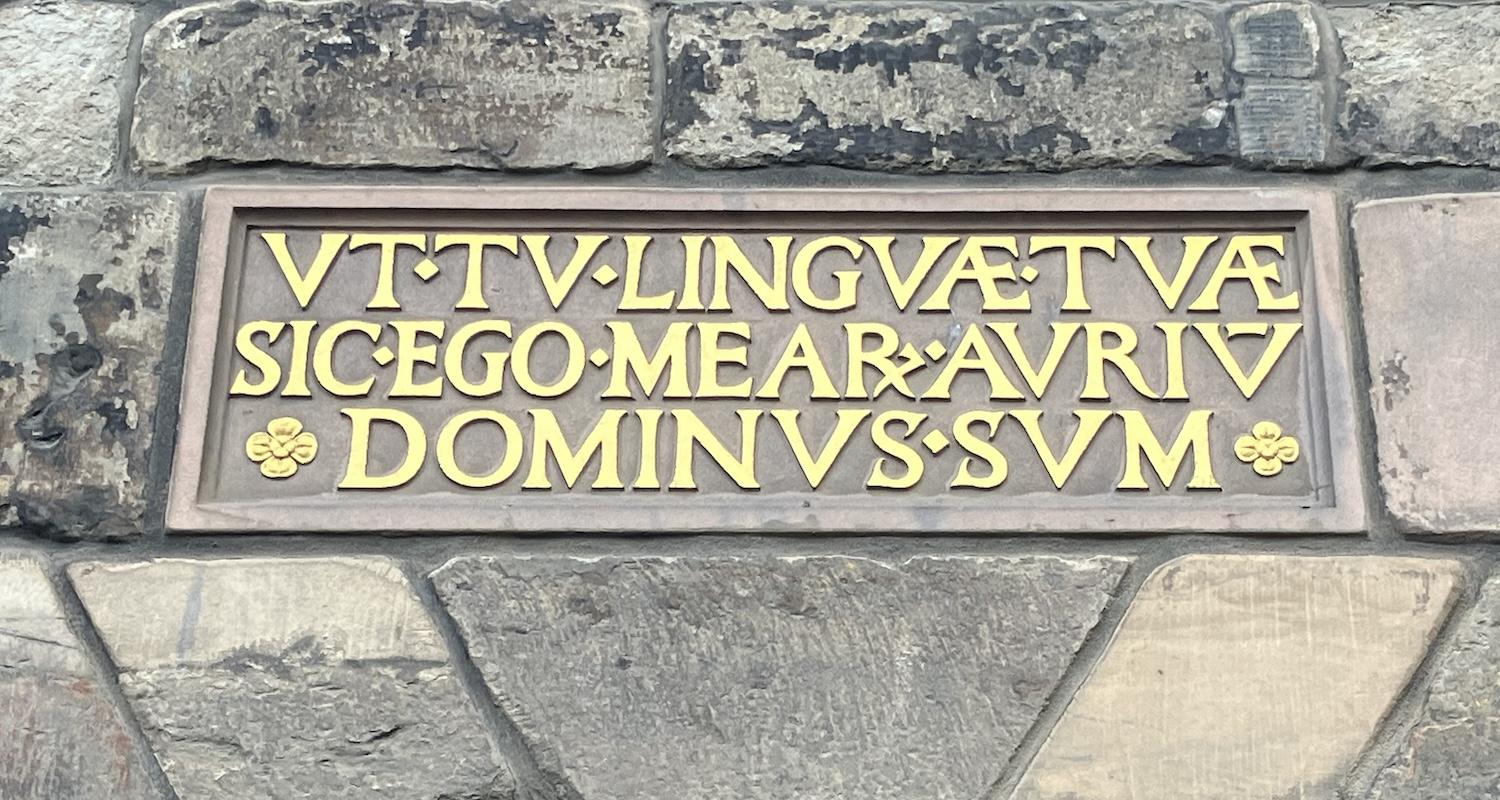Come along and hear about a fascinating aspect of Edinburgh’s history. Maister cunyeours were masters of the king’s or queen’s mint who received and gave out bullion in accordance with the various acts of the Scottish Parliament. They paid the fees and salaries of the workmen and kept accounts of the issues of coinage. Along with the warden, the maister cunyeour superintended the minting of coins and held one of the keys of the chest in which the money was kept. The Achesons played their part in the troublesome history of the sixteenth century. They had a ‘guid conceit of themselves’ as shown by an inscription on one of their houses.
As you are master of my tongue I am master of my ears – you can stop me speaking but I don’t have to listen to you!
Sandra Marwick holds degrees in History and in Museum and Gallery Studies and she is a former member of staff of Edinburgh Museums and Galleries. Sandra currently researches and writes about umquhile (deceased or former) Edinburgh residents.
Edinburgh is 900 Years Old!
In 1124 King David I introduced a new system of local government into Scotland by creating royal burghs as part of his efforts to reform the nation’s economic and political structures.
Edinburgh was one of his first royal burghs, along with Berwick, Dunfermline, Roxburgh and Stirling.
While there is no surviving founding Edinburgh charter, an 1127 Dunfermline Abbey royal charter refers to ‘my burgh of Edinburgh’. In 1128, Canongate Burgh was created for Holyrood Abbey.
After the Reformation, Edinburgh spent considerable effort acquiring the former abbey’s lands over the following 200 years. It acquired Canongate then created a new burgh for South Leith in 1636. The burghs of Broughton, Calton and Portsburgh were also acquired and run by Edinburgh. This complex system of governance was abolished in 1856 when all burghs under the management of Edinburgh were merged into a single burgh.
In 1833, Portobello and Leith were made independent parliamentary burghs under the Burgh Reform Act. They ran their own affairs until amalgamated into an expanded Edinburgh in 1896 and 1920, respectively. 1975 saw the last expansion of the city’s boundaries, including Queensferry, which had been made a royal burgh in 1636.
Edinburgh has selected 2024 to mark the start of the 900th anniversary of our city, and to tell the story of Edinburgh’s journey through the centuries from the 12th century City of David right up to the 21st century, the City of Diversity. Our talks at the City Art Centre will celebrate the 10 themes and will span a period of summer 2024 until August 2025.
‘Maister Cunyeours’ – the sixteenth-century Acheson Goldsmiths of the Burgh of Canongate
